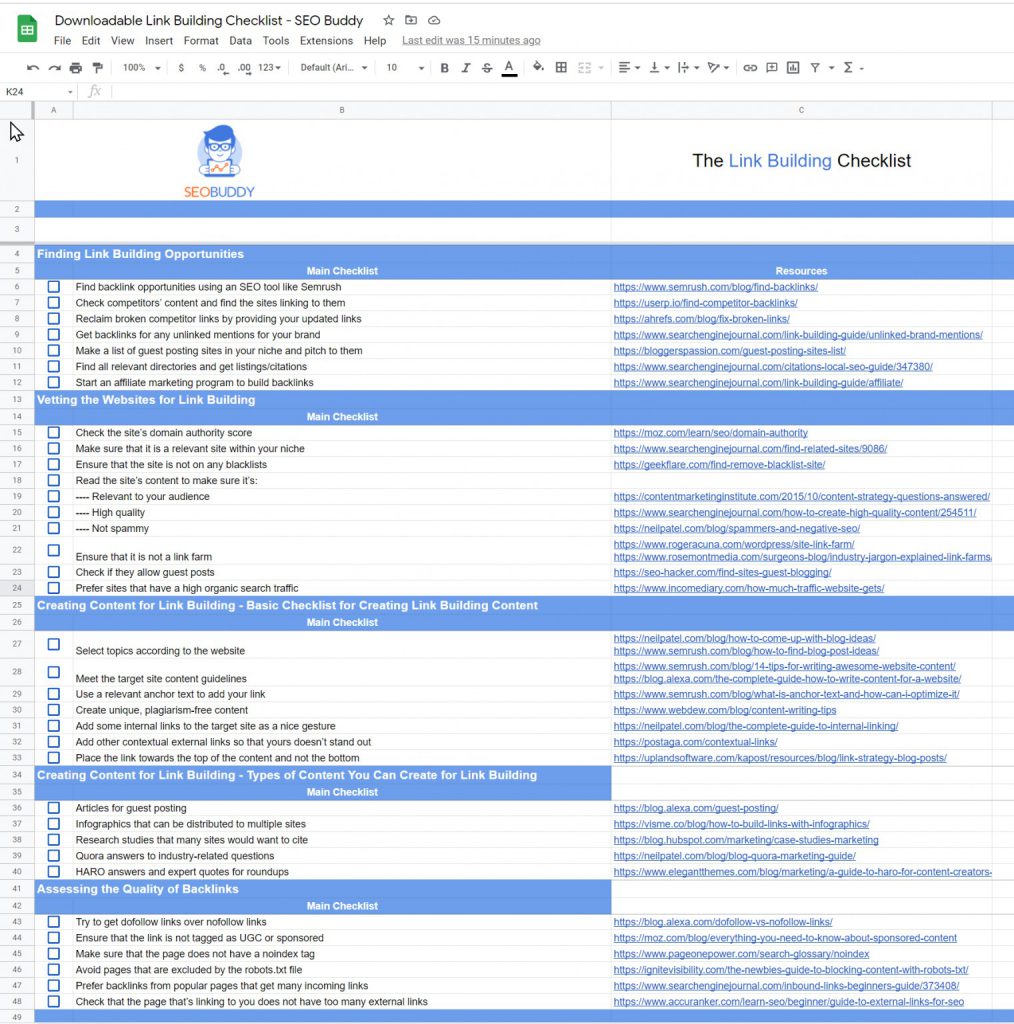All Categories
Featured
Table of Contents
- – Which Is The Leading Semantic Search Ranking I...
- – What Is The Most Reliable What Is Semantic Seo...
- – Who Makes The Leading Semantic Seo Content An...
- – Which Brand Of Semantic Keywords Is The Top?
- – Top-Rated Best Semantic Seo Tools
- – What Is The Most Suitable Seo For Semantic S...
- – What Is The Most Recommended Semantic Keywor...
The internet is transforming, ending up being a growing number of semantic. SEO is likewise transforming and becoming more semantic. This is since online search engine have actually evolved and are moving more and much more towards checking out web content online. Naturally, that has actually likewise altered the way we produce material, particularly if we want to rate far better in the online search engine.
Intertwingularity is not typically recognized, individuals maintain acting they can make things deeply hierarchical, categorizable and consecutive when they can not. Based on the relationships between search intents, the search engine favors a web content in positioning by calculating the range between the vectors of definition.
It allows you to see, beginning with a topic, all the entities that belong to that topic. In this manner you can clearly see which entities/concepts/ideas have currently been covered on your site, and you can discover brand-new opportunities by understanding what material you can include and exactly how to create it.
Which Is The Leading Semantic Search Ranking Improvements Company
It has the ability to make your content reasonable for online search engine on the one hand and for your audience on the other. Structuring your web content model highlights your material and its underlying connections so that search engines can recognize you among numerous items of details, making you much more noticeable to customers that fulfill the search intent associated to your service.
In semantic search engine optimization copywriting, an editor starts from a more comprehensive variety of subjects and tailors the content to include semantically pertinent terms and expressions that assist visitors recognize a subject, similar to checking out content in a wiki. From a content creating point of view, one functional method to do this is to create a vocabulary of terms and inquiries bordering your target topic.
What Is The Most Reliable What Is Semantic Seo Available
Find out more regarding by enjoying the by!.

Semantic search refers to the process of just how internet search engine recognize and match keyword phrases to a searcher's intent in natural search results page. Before semantic search, online search engine like Google operated like matchmakersaligning specific words in your question with those precise words on webpages. The outcomes were uncomplicated however typically lacked deepness.
Who Makes The Leading Semantic Seo Content Analysis
It enables Google to supply quick, accurate solutions to browse queries regarding real-world subjects. When you kind a question word into Google, you're not simply entering a series of words.
When you browse for "Apple," Google does not simply see a word that describes a fruit. It recognizes Apple as a company and can give associated details. It was Google's solution to the rise of voice searches, where inquiries came to be a lot more conversational and nuanced.
Which Brand Of Semantic Keywords Is The Top?
By incorporating NLP, Hummingbird permitted Google to relocate past plain keyword matching. It assisted the online search engine comprehend search intent, boosting the odds that results would precisely match the reason behind a customer's search. As the third essential ranking element after web content and links, RankBrain has improved Google's semantic search capabilities to recognize the meaning of search inquiries.
RankBrain is an artificial intelligence system that aids Google analyze queries it hasn't seen prior to. It can make guesses about words and phrases it does not recognize and filter results as necessary. Making it more effective at taking care of never-before-seen search inquiries. RankBrain considers even more than just key words when evaluating a search question.
It fetches results that match the key words and line up with the general intent of giving young puppy training guidance. And if the customer frequently looks for dog-related material, Google might focus on extra thorough training guidesrecognizing the individual's continuous rate of interest in the subject. Incorporating technologies like the Understanding Chart, Hummingbird, and RankBrain, semantic search helps the Google algorithm interpret and connect data throughout a huge web of information.
Top-Rated Best Semantic Seo Tools
The emphasis changes from keyword option to an all natural strategy encompassing customer intent, topical importance, and overall individual experience. Developing web content that deals with the searcher's requirements with comprehensive info can enhance your SERP positions.
And sort of web content can best please their needs. A more comprehensive method to content aligns better with semantic search's change away from exact key words matching and towards individual intent. Which clarifies the increased concentrate on topic clusters, as opposed to private key phrases. Web content that covers search queries more extensively not only pleases customers.
UX aims to develop a visually appealing, easy to use user interface with appealing, quality content that motivates visitors to remain. Semantic search modern technology makes it possible for search engines to intend for results that offer the finest possible UX.
What Is The Most Suitable Seo For Semantic Search Plan?

All display Google's capacity to address a subject query adequately. By comprehending the context and intent behind user inquiries, online search engine can provide extra appropriate details and potentially increase user interaction. Personalization in search results page produces far better UX.Based on your previous search background and preferences as a user, semantic search assists internet search engine customize the results to fit your one-of-a-kind demands and interests.
So it brings results that match the key words and align with the general intent of giving pup training recommendations. And if the user frequently looks for dog-related web content, Google might focus on more comprehensive training guidesrecognizing the customer's recurring rate of interest in the topic. Combining modern technologies like the Knowledge Chart, Hummingbird, and RankBrain, semantic search aids the Google algorithm interpret and link data throughout a vast internet of info.
What Is The Most Recommended Semantic Keyword Research Service For The Money
The focus changes from keyword selection to an all natural approach incorporating user intent, topical relevance, and general customer experience. Producing material that attends to the searcher's demands with detailed info can boost your SERP positions. Below, we outline the patterns and practices that settle the demand for semantically notified content. Later on, we provide workable tips to transform these insights into finest techniques.

And kind of material can best please their requirements. A more comprehensive technique to content aligns much better with semantic search's shift far from precise keyword phrase matching and towards individual intent. Which clarifies the increased concentrate on subject clusters, instead of specific keyword phrases. Content that covers search questions a lot more thoroughly not only satisfies users.
UX aims to develop a visually enticing, easy to use user interface with appealing, high quality web content that urges visitors to stay. Semantic search modern technology enables search engines to aim for results that supply the ideal feasible UX.
All display Google's capability to attend to a subject question adequately. By recognizing the context and intent behind user questions, search engines can provide much more relevant info and possibly enhance user engagement. Customization in search engine result makes for better UX.Based on your previous search history and choices as a user, semantic search helps online search engine tailor the results to match your unique needs and passions.
Table of Contents
- – Which Is The Leading Semantic Search Ranking I...
- – What Is The Most Reliable What Is Semantic Seo...
- – Who Makes The Leading Semantic Seo Content An...
- – Which Brand Of Semantic Keywords Is The Top?
- – Top-Rated Best Semantic Seo Tools
- – What Is The Most Suitable Seo For Semantic S...
- – What Is The Most Recommended Semantic Keywor...
Latest Posts
What Is The Premier Semantic Seo Optimization Tools Company
Top-Rated Semantic Seo Optimization Tools
Which Brand Of Semantic Seo Services Is The Top?
More
Latest Posts
What Is The Premier Semantic Seo Optimization Tools Company
Top-Rated Semantic Seo Optimization Tools
Which Brand Of Semantic Seo Services Is The Top?